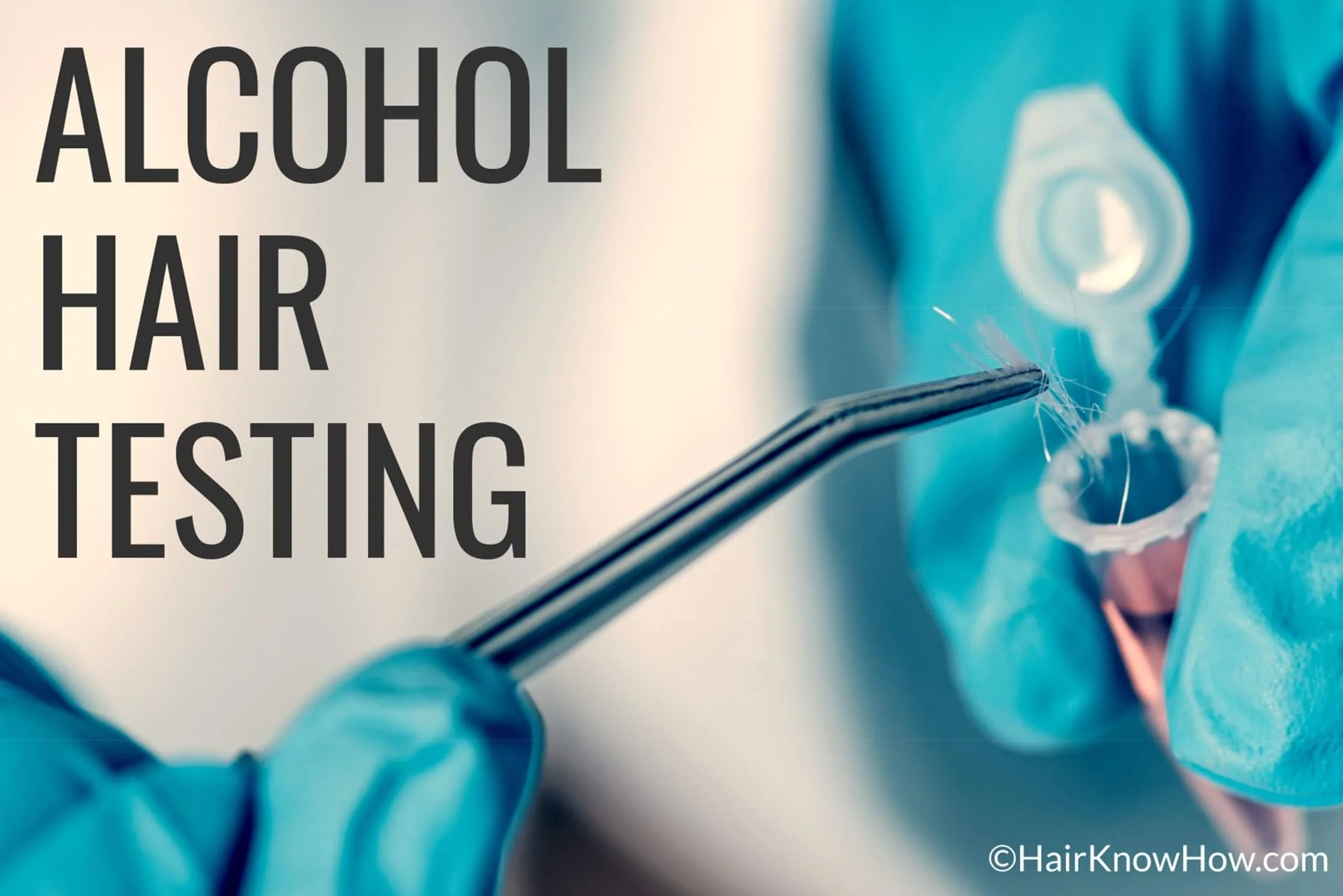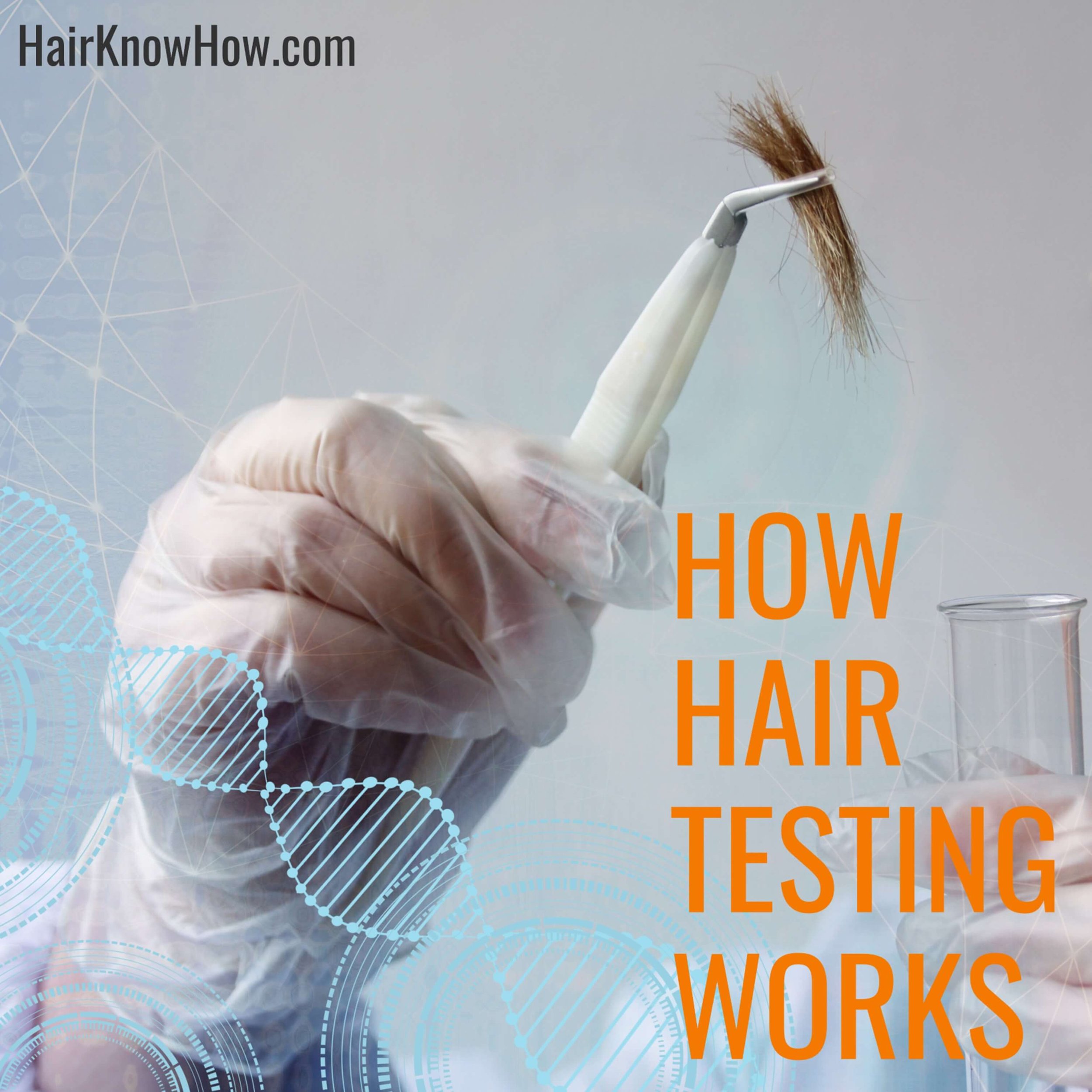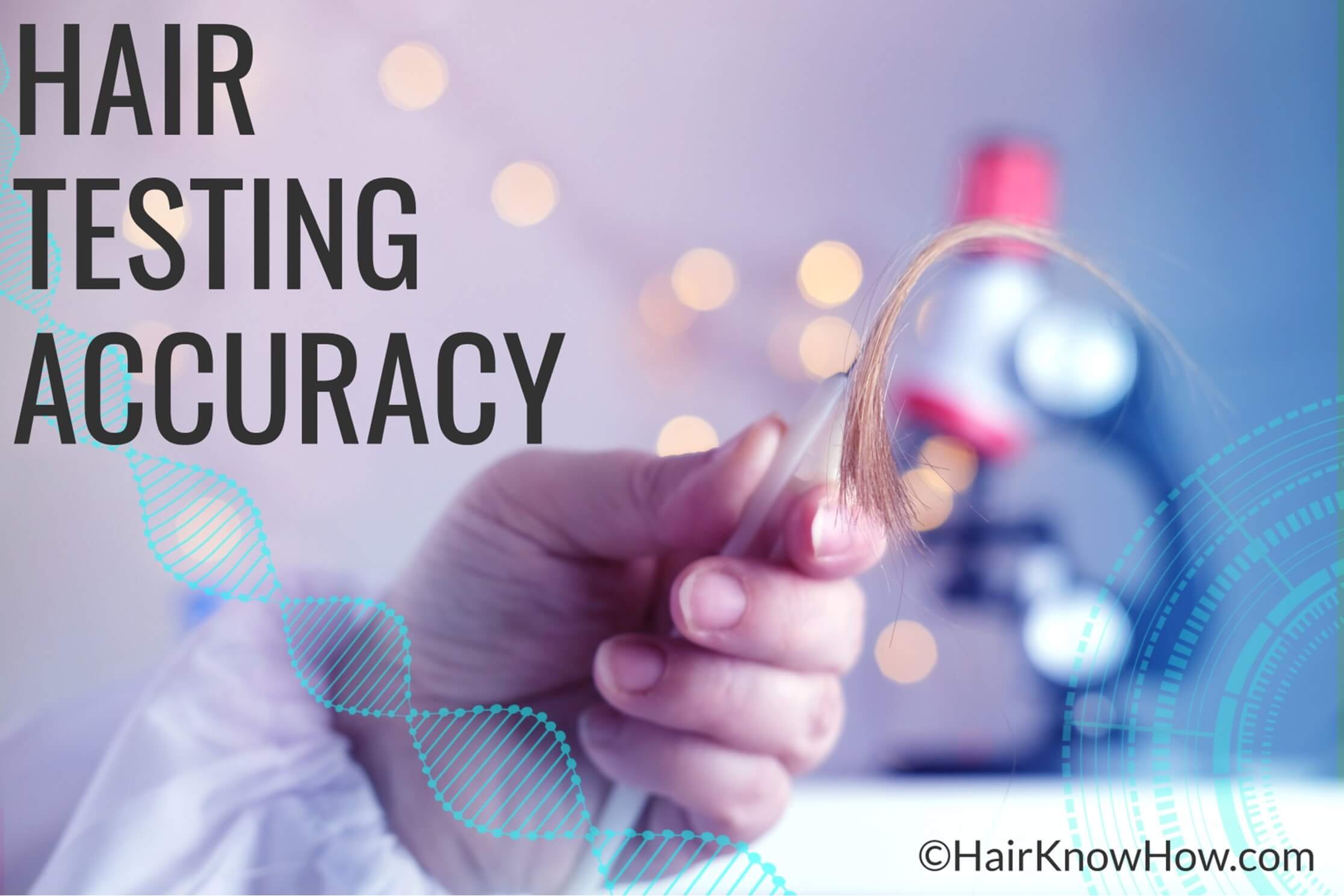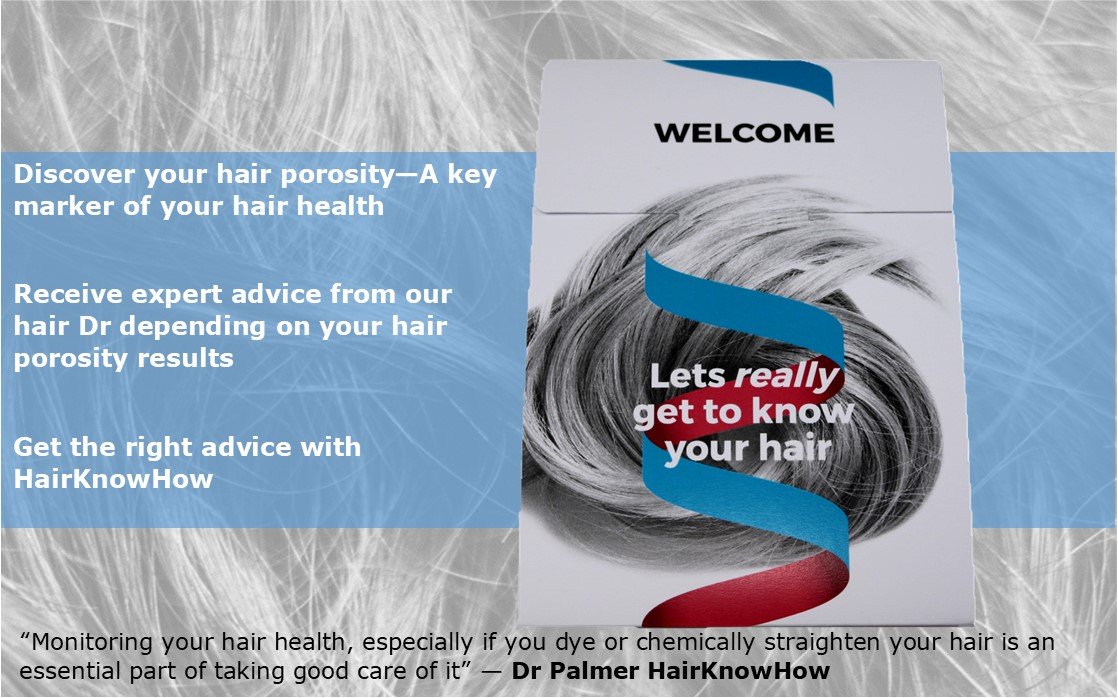The Hair Test For Alcohol
The practice of hair testing for alcohol in hair samples has been around for a while. This testing accurately evaluates whether or not someone has been drinking continuously. It's beneficial in determining if someone has been binge drinking or abusing alcohol frequently. We'll go into great detail about hair testing for alcohol in this blog post. Read on to find out everything there is to know about this alcohol testing method, including what it entails, its accuracy, and how you can apply it to your daily life.
An approach to determining how much alcohol is in someone's body is through a hair alcohol test. This type of testing is often used in cases where traditional breath or blood tests are not possible, such as when a person is suspected of drunk driving.
The hair alcohol test works by taking a sample of hair, which is then analysed to determine how much alcohol is present. The test's results can be used to establish a person's drinking history and how much alcohol they have ingested.
A hair sample can be obtained in various ways for alcohol testing. Cutting a small section of hair from the scalp is the most popular technique. Using a special brush to remove hair from the scalp, plucking hair from the head, body, or both.
After the hair sample has been taken, it must be sent to a lab for examination. The alcohol hair test results could take up to a few weeks.
Hair Testing For Alcohol Levels
A hair test can determine a person's blood alcohol content. Up to 90 days before the test date, the test can detect alcohol use. This testing is frequently used in legal proceedings or for employment-related reasons.
A small section of hair from the back of the head is cut to obtain a sample for hair testing. The hair sample is then securely delivered to a lab for examination. It may take up to two weeks to get the hair test results.
Hair testing is not always accurate and can produce erroneous positive results. Suppose a person has used specific alcohol-containing hair products or has been exposed to secondhand alcohol smoke. In that case, a false positive result could result.
How Alcohol Hair Testing Works
Alcohol can be detected in hair through a relatively straightforward process.
There are several types of tests for alcohol in hair. The most typical process involves taking a small sample of hair and sending it to a hair testing lab for examination. The hair is cut as close to the scalp as possible before being collected. The standard sample size is 1.5 inches of hair, equal to roughly 90 days of hair growth.
To perform this test within the lab, the hair must be submerged in a solution that dissolves the hair's outer layer, leaving only the inner core. Alcohol molecules (also known as ethanol) can be found in the hair's inner core. The lab can identify them using various techniques, including gas chromatography/mass spectrometry (GC/MS). The type of alcohol that is present in alcoholic beverages is ethanol.
Using a portable breathalyser is another way to check for alcohol in hair. This tool can be used to check for the presence of ethanol in a person's breath. If the person has consumed alcohol, ethanol can be found in their breath.
A hair follicle test is the third method for detecting alcohol in hair. A small sample of the subject's hair is taken for this kind of test, and it is then examined for the presence of ethanol. In contrast to the other two tests, which only provide a snapshot of alcohol consumption, this test can give a more accurate picture of alcohol consumption over time.
Hair Alcohol Testing Kits
Alcohol consumption can be quickly and accurately detected using hair alcohol testing kits. These kits can determine whether or not someone has been drinking and an approximate amount of alcohol they have consumed by testing a small sample of hair. Many online retailers and drugstores sell alcohol hair testing kits.
Most of these hair test kits come with a container to store and send the sample to a lab for analysis and instructions on collecting a hair sample. While these kits may be practical, it's essential to ensure that the laboratory performing the analysis is reputable and accredited.
Compared to other alcohol testing techniques like urine or blood tests, using a hair alcohol testing kit has many benefits.
First, collecting hair samples is much simpler than collecting urine or blood samples.
Second, because hair can provide a long history of alcohol use than urine or blood, hair alcohol testing is more accurate than those methods.
And lastly, hair alcohol testing kits are more affordable than blood or urine tests.
Hair Follicle Alcohol Test
A specific type of hair test called a hair follicle alcohol test examines the hair follicle to determine whether alcohol is present. Due to its complexity and expense, this test is typically only used in research settings. However, it can offer more specific details about a person's alcohol use, such as the frequency and usage patterns.
This hair test is frequently combined with other examinations like blood or urine tests.
The ethyl glucuronide (EtG) content of a person's hair is measured as part of the hair follicle alcohol test's operation. EtG is an alcohol metabolite detected in hair to show recent alcohol consumption.
The hair follicle alcohol test has several drawbacks.
It is, first of all, reasonably expensive and costly, and typically more expensive than hair drug tests.
Second, it is considered unreliable by some scientists because EtG can still be found in hair, even if a person hasn't recently consumed alcohol.
Since EtG takes time to accumulate in hair, the test results may not be available for a while.
Alcohol Hair Test Accuracy
With a reported 99% accuracy rate, alcohol can be detected in hair, making it a reliable way to ascertain whether or not someone has consumed alcohol. This is so that alcohol molecules, which last longer in hair than in other bodily fluids like urine or blood, can be found using the hair strand test. Furthermore, hair testing is non-invasive and doesn't require participants to give a sample in front of a collector, so it is less subject to fraud.
The type of alcohol that is present in alcoholic beverages is ethyl alcohol. When a person drinks, the ethyl alcohol is broken down by the body and excreted in the urine and sweat. Ethyl alcohol also makes a small amount of entry into the hair follicles. The amount of ethyl alcohol in hair is determined by alcohol hair tests.
The test will be more accurate the longer the hair. As hair grows, the ethyl alcohol content in hair rises. This means that alcohol can be detected in hair samples taken over several months or even years.
A few variables can impact the precision of hair alcohol tests. One is the sample's level of preservation. If the hair sample is not stored correctly, it may deteriorate and produce unreliable results. The individual's usage of alcohol-containing products is another consideration. The hair test results may be skewed by these products' ability to deposit ethanol into the hair.
Some examples of hair products with alcohol are:
Sprays for hair
Hair colours
Hair mousses and gels
Hair conditioners and tonics
Limitations of Alcohol Hair Testing
Hair testing for alcohol has some restrictions, just like any other type of testing. One drawback is that it can't tell if someone has consumed alcohol in the last 5-7 days because the alcohol hasn't yet been absorbed into the hair strand. Additionally, some outside elements, like hair dyes or treatments, may affect the hair test results' accuracy.
Hair testing for alcohol can also not distinguish between voluntary and involuntary consumption. For instance, a hair alcohol test will still show alcohol consumption if someone is forced to drink or is unknowingly given alcohol.
Alcohol Hair Testing Detection Window
The extensive detection window of alcohol in hair is one of its main benefits. Up to 90 days after the last use, alcohol can still be found in the hair. Alcohol consumption may occasionally be detected using hair samples three months or older. However, in most cases, this is only feasible for people who regularly consume large amounts of alcohol or have very high blood alcohol levels.
However, because the alcohol has not yet been incorporated into the hair strand, hair testing may not pick up alcohol use within the past 5-7 days, even though it has a longer detection window than other types of testing.
It is, therefore, a helpful tool for tracking sobriety over a long period. It is also beneficial in legal proceedings because it can show that alcohol was consumed during a particular time.
Passing A Hair Test for Alcohol
Alcohol consumption can be detected through a process called hair alcohol testing. The ethyl glucuronide (EtG) level in a person's hair is measured as part of the test. When the body metabolises ethanol, an alcohol breakdown product called EtG is created.
The kind of shampoo used, how frequently the hair is washed, and the colour of the hair are a few factors that can influence the outcomes of a hair alcohol test. The concentration of EtG in the hair may increase because darker hair may absorb more EtG than lighter hair.
It's also crucial to remember that EtG can remain in the body for as long as 80 hours following ethanol consumption. This means that even if drinking occurred several days before the test, it could still be detected by a hair alcohol test.
Workplace Alcohol Hair Testing
To identify and discourage employee alcohol use, workplaces are increasingly using hair alcohol testing. Hair testing is also commonly used in many other sectors. It is a valuable tool for employees who must maintain sobriety as a condition of their employment, like commercial drivers or pilots, and for employers who are concerned about the safety and productivity of their workforce.
Alcohol hair testing can inform employers about a worker's current alcohol consumption and their potential for on-the-job intoxication.
To ensure that alcohol hair testing is carried out ethically and legally, it is crucial for employers to have a transparent and fair drug-hair testing policy in place and to communicate it to employees.
To test for alcohol in hair, a small sample of hair is usually taken, and the alcohol content is then examined. The hair test results can reveal how much alcohol a person has consumed over time and be used to assess whether an employee poses a risk of being intoxicated at work.
Alcohol hair testing can be done in a few different ways, but the most popular way is with head hair shampoos. This test entails shampooing the subject's head with a particular solution containing ethanol-degrading enzymes. The level of alcohol consumption of the client is then determined by measuring the amount of ethanol in the sample.
Since they can detect alcohol consumption over a longer period, hair tests for alcohol are typically thought to be more accurate than urine or blood tests.
These hair tests can't always accurately pinpoint when the alcohol was consumed, so they shouldn't be relied upon exclusively when making judgements about an employee's performance on the job or eligibility for employment.
Alcohol Hair Testing In Aviation and Transportation Sectors
Employers in the transportation sector are increasingly using hair alcohol testing as a tool to identify and stop employee alcohol abuse. It can be used to identify patterns of alcohol use and can offer valuable details about an employee's alcohol consumption over time.
This is crucial in trucking and aviation, where drinking can seriously affect public safety.
Hair Alcohol Testing In Rehabilitation Programs
The use of hair alcohol testing as a monitoring tool for patients recovering from alcohol addiction is on the rise in rehabilitation programmes. It can reveal important details about how well someone is recovering and whether or not they are following a sobriety plan.
Additionally, hair testing can detect early relapse, enabling prompt intervention. Hair testing should be used in rehabilitation programmes alongside other types of monitoring and support, such as counselling and therapy.
Hair Testing For Alcohol And Insurance
Insurance companies are increasingly using alcohol hair testing to assess a person's drinking patterns. Results from hair tests can offer essential details about a person's alcohol consumption over time.
This may be crucial in figuring out a person's risk profile and the price of their insurance plan. Insurance companies must consider all pertinent factors and combine hair testing with other evidence to determine a person's risk profile.
Alcohol Hair Testing And Child Custody Cases
Alcohol consumption patterns of a parent or guardian are increasingly being ascertained in child custody cases using hair alcohol testing as a tool. The results of a hair test can reveal important details about a parent's long-term alcohol use.
This may be significant in determining the child's safety and best interests. However, judicial authorities must use hair testing and other forms of evidence when deciding on a custody arrangement and consider all pertinent factors.
Sports And Alcohol Hair Testing
Alcohol use among athletes is becoming increasingly detectable through alcohol hair testing in sports. It can reveal important details about an athlete's alcohol use, such as usage patterns. It is crucial to spot athletes at risk for alcohol-related issues and offer them the proper interventions.
Hair testing can be used to verify adherence to alcohol use policies of teams and leagues.
Sports organisations should decide the right intervention for an athlete after considering all pertinent factors and using hair testing in conjunction with other evidence.
To ensure that alcohol hair testing is done honestly and legally, sports organisations should have a clear and fair drug testing policy and communicate it to athletes.
Alcohol Hair Testing And College Campuses
On college campuses, hair alcohol testing is used more frequently to identify and stop student alcohol abuse. It may reveal important details about a student's alcohol use.
This can be important in identifying students who may be at risk for alcohol-related problems and providing them with appropriate interventions.
College campuses should decide on the right intervention for a student after considering all pertinent factors and using hair testing in conjunction with other evidence.
Hair Testing VS Blood Testing For Alcohol
Blood tests and hair tests are the two primary methods that can be used to identify alcohol consumption. Before choosing which one is best for you, it's important to recognise that each has advantages and disadvantages of its own.
While generally more expensive than blood tests, hair analysis is more precise. Blood tests can only detect alcohol use within the last 24 hours, while hair tests can detect alcohol use up to 90 days after the previous time someone drank. Since a needle is not inserted into the subject being tested, hair tests are less invasive than blood tests.
Although blood tests are more affordable than hair tests, they are less reliable. Hair tests can detect alcohol use up to 90 days after the last time someone drank (and sometimes longer), while blood tests can only detect alcohol use within the last 24 hours. A needle must be inserted into the subject of a blood test, making them more invasive and unpleasant than hair tests.
Alcohol Hair Testing For legal proceedings
A reliable and accurate way to check for alcohol consumption is with a hair sample. This testing is frequently used in court cases, such as child custody disputes, to ascertain whether a parent has consumed alcohol. Following alcoholism treatment, sobriety can be checked using a hair alcohol test.
Alcohol Hair Testing For Sobriety Monitoring
Monitoring sobriety with alcohol hair tests is a successful strategy. It is a simple, objective test that can be used to ascertain whether or not someone has consumed alcohol. Using this testing method, alcohol use can be identified up to 90 days after the last drink.
The use of hair testing for alcohol sobriety monitoring has many advantages. It is a long-term method of detection to start. This means that rather than just offering a single snapshot, it can be used to track sobriety over time. Second, hair testing is less invasive than urine or blood tests. This makes it a good choice for those who feel uneasy about more intrusive testing procedures. Lastly, because hair testing is an objective test, it is immune to the biases and mistakes that can arise when using self-reported data.
Despite these benefits, there are some restrictions on alcohol testing of the hair. First of all, it sometimes has trouble detecting extremely low levels of alcohol consumption. Second, it might be costly, particularly if several tests are required over time. Hair testing may not be the best option for people who need immediate feedback on their sobriety status since it is a long-term detection method (such as those in treatment for addiction).
Overall, alcohol detection in hair is a helpful tool for keeping track of sobriety. It has several benefits over other detection techniques, but it also has some drawbacks.
How To Prepare For An Alcohol Hair Test
The best way to get ready for an alcohol hair test is to abstain from drinking. It is crucial to refrain from drinking for at least 90 days before the test because the detection window for hair testing can last up to that long. Furthermore, it's crucial to realise that despite products that claim to be able to "cleanse" the hair of drugs or alcohol, there is no scientific proof to back up their efficacy.
It's also crucial to thoroughly wash your hair before the hair test if you've recently used any alcohol-containing products, such as hairspray or perfume.
Interpreting Alcohol Hair Test Results
A hair test for alcohol can reveal specific details about a person's drinking patterns over time. Interpreting the information presented within hair testing reports can be challenging. Depending on the test's objectives and the person being tested, the results of an alcohol hair test can be interpreted in many different ways.
For instance, the results of a hair alcohol test can be used to determine whether or not a person is abstaining from alcohol if they are being screened for alcoholism. The results of a hair alcohol test can be used to support a person's claim that they have been sober for a specific amount of time.
The results of an alcohol hair test are typically presented as a numerical value with a predetermined threshold for detection. The cutoff level is the level of alcohol at which a positive outcome is guaranteed. Typically, 0.02% is the cutoff point for alcohol detection in hair. This means the result is considered positive for alcohol consumption if the lab reports a value of 0.02% or higher.
It's crucial to remember that a positive outcome on a hair alcohol test does not always mean that a person is currently under the influence of alcohol. Simply put, it indicates that they have drunk alcohol at some point in the previous 90 days. Therefore, it's crucial to consider the person's background and the environment when interpreting the test results.
Results from hair alcohol tests can be understood relatively easily. Before deciding anything based on these findings, it is crucial to speak with a licenced medical expert who can advise you further.
Alcohol Hair Testing And False Positives
Alcohol consumption can be found using a highly accurate method called hair testing. False positives, however, can occasionally happen. Some medications, including antibiotics and anti-seizure drugs, can produce a false positive result on a hair alcohol test.
The accuracy of the test results may be affected by certain outside factors, such as hair treatments or dyes. To prevent false positives, people must let the lab performing the test know about medications or treatments they have recently used.
Alcohol Hair Testing And False Negatives
Although detecting alcohol consumption through a hair test is very accurate, false negative results occasionally occur. A hair test may yield a false negative result if an individual has recently consumed a significant amount of alcohol and it is conducted within the first 5-7 days. In this case, the alcohol may not have been incorporated into the hair strand.
Additionally, suppose someone has used specific products that promise to "cleanse" their hair of drugs or alcohol. In that case, it could result in a false negative.
Alcohol Hair Testing And Privacy Concerns
When used in the workplace or by law enforcement, hair testing for alcohol can raise some privacy issues. To guarantee that hair testing for alcohol is carried out ethically and legally, employers and law enforcement agencies must have a clear and fair drug testing policy and communicate it to the tested individuals.
The sensitivity of the data gleaned from the hair test must also be taken into account and handled and stored securely and confidentially.
Some people think that having their hair tested for alcohol violates their right to privacy.
Others contend that alcohol hair testing is crucial for locating those who have been binge drinking and are at risk of becoming alcoholics. They point out that testing for alcohol in hair is less invasive than tests for other bodily substances, like blood or urine.
However, the privacy issues raised by hair alcohol testing cannot be disregarded. Before making a choice, it's important to weigh the advantages and disadvantages of getting an alcohol hair test.
Comparison Of Alcohol Hair Testing And Urine Alcohol Testing
There are numerous ways to check for alcohol consumption, but urine and hair tests are the two most popular. Before choosing which method is best for you, it's important to recognise that both have advantages and disadvantages of their own.
As it can identify alcohol consumption up to three months earlier, hair alcohol testing is thought to be more reliable than urine alcohol testing. However, because a small hair sample needs to be taken from the head, it is also more invasive and expensive.
Although urine alcohol testing is cheaper and less invasive, it is less accurate than hair alcohol testing. However, it can only identify alcohol use from the previous 24 hours.
Which approach is best for you, then? Depending on your needs, yes. The most reliable method of determining whether someone has consumed alcohol recently is through a hair alcohol test. Urine alcohol testing may be sufficient if you only need to know if someone has recently consumed alcohol.
Get Expert Hair Analysis and Help
If you are interested in learning about hair testing or have a hair concern you would like to discuss, then please do get in touch. Contact the HairKnowHow Team if you have any questions.







